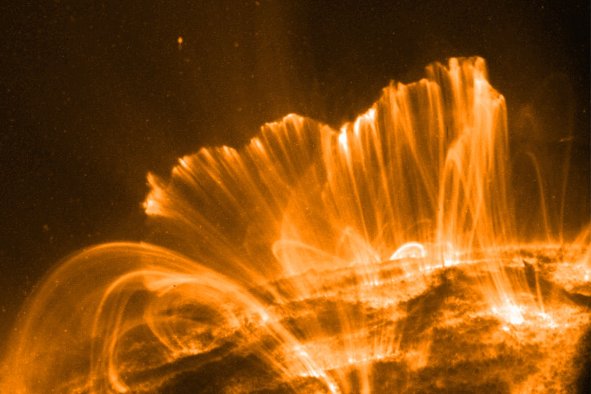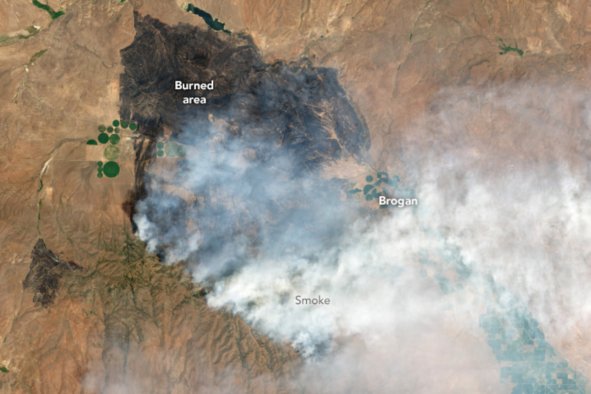An SUV carrying five people crashed head-first into a Yellowstone geyser, fully submerging the vehicle.
The car "inadvertently drove off the roadway" and plunged 9 feet deep into the 105-degree geyser on Thursday morning.
The driver and four passengers were able to escape the sinking SUV and were taken to hospital, thankfully only for "non-life-threatening injuries," according to the National Parks Service.
The geyser is named the Semi-Centennial Geyser thermal feature, and is situated just off the Grand Loop Road, between between Mammoth Hot Springs and Norris Junction in Yellowstone National Park.
"The Semi-Centennial Geyser thermal feature has acidic and hot surface water temperatures (ranging around 105 degrees Fahrenheit)," the NWS said in a statement.
The geyser was named after it erupted, sending water some 300 feet into the air, on Yellowstone's 50th anniversary on August 14, 1922. Luckily, the geyser's temperature of 105 degrees means it was only a few degrees above that of a hot tub, but still contained acid.
Unlike some of the more famous geysers in Yellowstone, such as Old Faithful, this geyser does not have a regular eruption schedule. The activity of Semi-Centennial Geyser has diminished significantly in recent decades. It has become much less active and is now considered a relatively dormant feature.
The Upper Geyser Basin, where the Semi-Centennial Geyser is located, includes many other famous geysers and hot springs, including Old Faithful Geyser, Steamboat Geyser, Castle Geyser and Grand Geyser. Old Faithful is perhaps the most famous geyser in the world, known for its relatively predictable eruptions, which occur approximately every 60 to 110 minutes.
The water and steam ejected from these geysers can reach temperatures well above boiling, which can cause severe burns or even be fatal. The ground around geysers and hot springs is often fragile and thin, and can break under the weight of a person, leading to falls into scalding water or steam vents. This is why staying on designated paths and boardwalks is crucial.
"Law enforcement rangers temporarily closed both lanes of the roadway near the accident in order to safely lift the car out of the thermal feature," the NWS said in the statement. "After being closed for about two hours, the roadway reopened."
The reason for the crash is still unknown, though an investigation is ongoing. This is the second incident regarding Yellowstone's geysers in recent months: in June, 21-year-old Viktor Pyshniuk was sentenced to seven days in jail and ordered to pay a $1,500 fine after leaving the boardwalk and coming 15 to 20 feet of Steamboat Geyser.
Do you have a tip on a science story that Newsweek should be covering? Do you have a question about geysers? Let us know via science@newsweek.com.
Disclaimer: The copyright of this article belongs to the original author. Reposting this article is solely for the purpose of information dissemination and does not constitute any investment advice. If there is any infringement, please contact us immediately. We will make corrections or deletions as necessary. Thank you.




